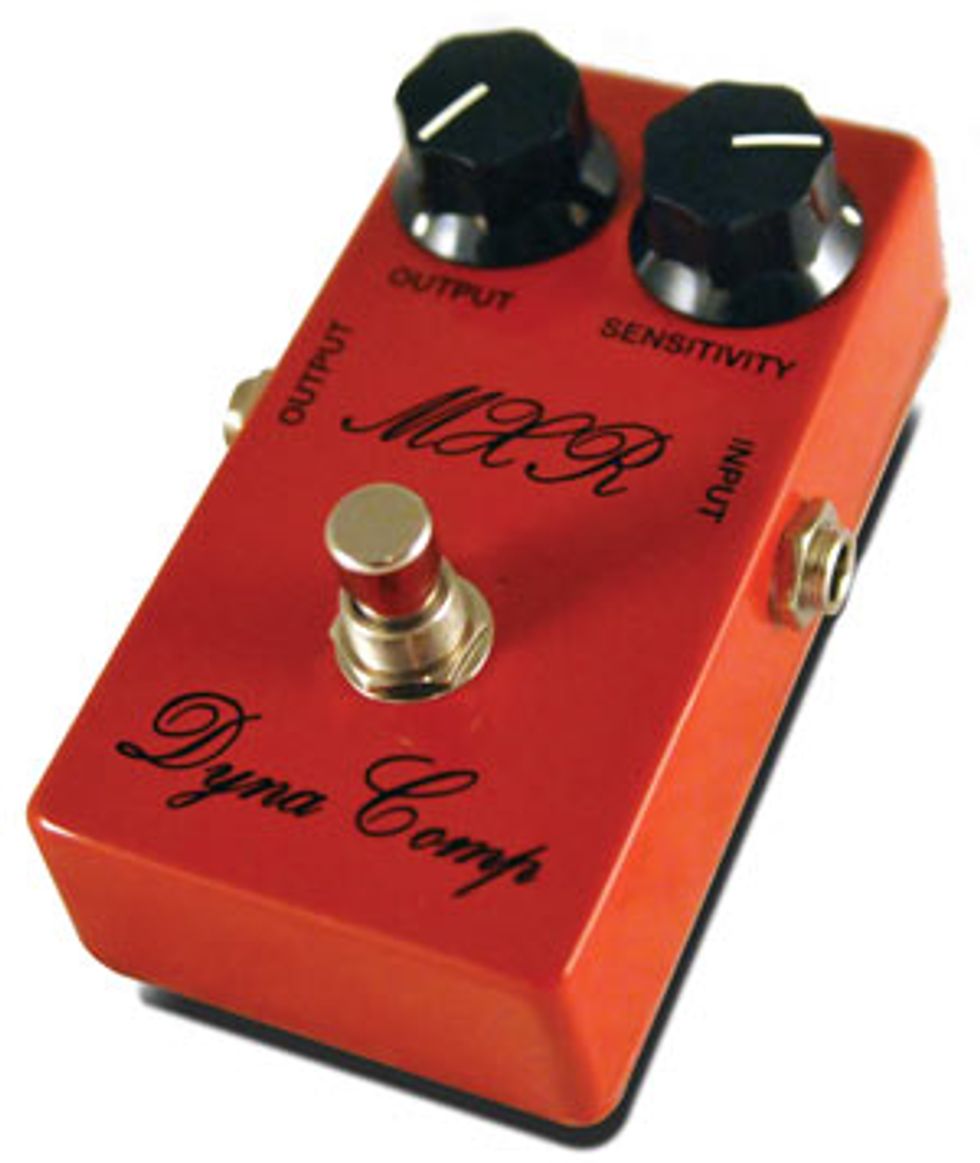 |
The points most often discussed when comparing boutique versus mass-produced products are, first, the method of production and, second, the type and quality of components. Let’s look at the method of production first.
Most people assume that mass production involves the use of automated machinery for the purpose of rapidly assembling products in high volume. Cheap labor may also be employed, and it is usually performed by unskilled individuals with little understanding of the end product. And of course, the majority of mass-produced products these days happens in China. This view, while not inaccurate, is a somewhat oversimplified generalization.
A similarly simplified view, however, is the idealized notion of the lone boutique builder, performing daring feats of electronic wizardry while working feverishly on his next groundbreaking sonic innovation. He’s had a soldering iron in his hand since he was 7, and his point-to-point turret-board work is an architectural wonder to behold. He uses nothing but new-old-stock parts in all his builds— the best of the best of the best. Finally, he makes his own enclosures by bending a sheet of metal with his bare hands, and then paints it himself to create a one-of-a-kind artistic masterpiece. This is an exaggerated depiction, no doubt. The truth is usually far less glamorous, and in some cases isn’t much removed from what most mega-corporations are doing, the only difference being in scale.
At this point, an explanation of the most common mass-production techniques currently used in electronics may be in order. Traditional methods of automated assembly involve the use of “pick-and-place” machines, automatic insertion, and wave soldering. These techniques have been commonplace since the 1970s. Yet, while an entire printed circuit board could be populated and soldered through automation, quite a bit of off-board wiring (of pots, jacks, and switches) was also needed, and this work required an individual skilled in electronics assembly. We should note here that more than a few of these anonymous solder jockeys undoubtedly rack up far more experience than many of our beloved boutique heroes.
Some of the larger manufacturers eventually developed designs that would allow virtually all the hardware to be soldered directly to the circuit board, thus eliminating the need for any skilled labor whatsoever. Many products by Dunlop and Danelectro, for example, have all the electronic and mechanical components soldered directly to the PCB. So final assembly would then require little more than popping the fully functioning pedal guts into an empty enclosure. And these companies are not alone—dozens more outfits are doing nearly the same thing. In fact, most big companies that manufacture consumer electronics these days use a similar approach.
Even without the use of automation, the ease and efficiency of eliminating off-board wiring has understandable appeal. This may be why a growing number of larger boutique companies have started using PCB-mounted hardware. However, some purists frown on the idea of allowing any hardware to have direct contact with the PCB. They reason that any user-accessible parts on the outside of the pedal would naturally be subject to the rigors of use and abuse, which could easily cause the board to crack or otherwise be damaged. Critics say the PCB-mounted approach is the hallmark of cheap, disposable electronics. This sentiment has been strong enough to spawn a cottage industry of “re-housing” cheap pedals in more durable enclosures with upgraded hardware.
Now let’s talk about parts. Aside from new-old-stock (NOS) parts, nearly all currently available electronic components (resistors, capacitors, transistors, ICs, etc.) are manufactured in China or, to a lesser extent, Taiwan and Japan. So it’s generally accepted that most pedal manufacturers, boutique or otherwise, will be using at least some components produced in Asia. Electronic hardware such as pots, jacks, switches, knobs—and even die-cast enclosures— now come mainly from the East as well. Today’s global market makes most alternatives impractical or prohibitively expensive, and except in the case of certain specialized products (vintage fuzz replicas, for example), it’s generally not of great concern to consumers.
While the origin of components is usually not in question, the quality of components often is. The best example of this comes into play with effect modification. The whole philosophy is based on the concept of taking a relatively inexpensive, mass-produced pedal and upgrading certain key components. The days of stompbox mods may be limited, however. Over the last decade, there has been a dramatic development in technology that will forever change the way all our gear is made. Surface Mount Technology (SMT) has profoundly altered not only the manufacturing process, but also electronic components themselves.
A full discussion of SMT is outside the scope of this column. The point here is that SMT practically demands automation. Surface Mount Devices (SMDs) do not lend themselves easily to being soldered by hand. And the equipment used for SMT is out of reach for all but the largest manufacturers, which means the work must be outsourced. Though many feel this is the antithesis of boutique, several ostensibly boutique brands have already jumped on the SMT bandwagon. At the same time, a few of the mega-makers have been waving the boutique flag. Danelectro pedals are touting true bypass, and Dunlop now has its Custom Shop making handwired reissue MXR pedals.
Yes, it’s all a bit confusing, and still leaves us wondering what is exactly “boutique.” Perhaps boutique is in the eyes (and ears) of the beholder.
 Tom Hughes (aka
Analog Tom) is owner
and proprietor of
For Musicians Only
(formusiciansonly.com)
and author of Analog
Man’s Guide to Vintage
Effects. If you have questions or comments
for Tom, feel free to email him at
stompschool@formusiciansonly.com.
Tom Hughes (aka
Analog Tom) is owner
and proprietor of
For Musicians Only
(formusiciansonly.com)
and author of Analog
Man’s Guide to Vintage
Effects. If you have questions or comments
for Tom, feel free to email him at
stompschool@formusiciansonly.com.






![Rig Rundown: Russian Circles’ Mike Sullivan [2025]](https://www.premierguitar.com/media-library/youtube.jpg?id=62303631&width=1245&height=700&quality=70&coordinates=0%2C0%2C0%2C0)

















